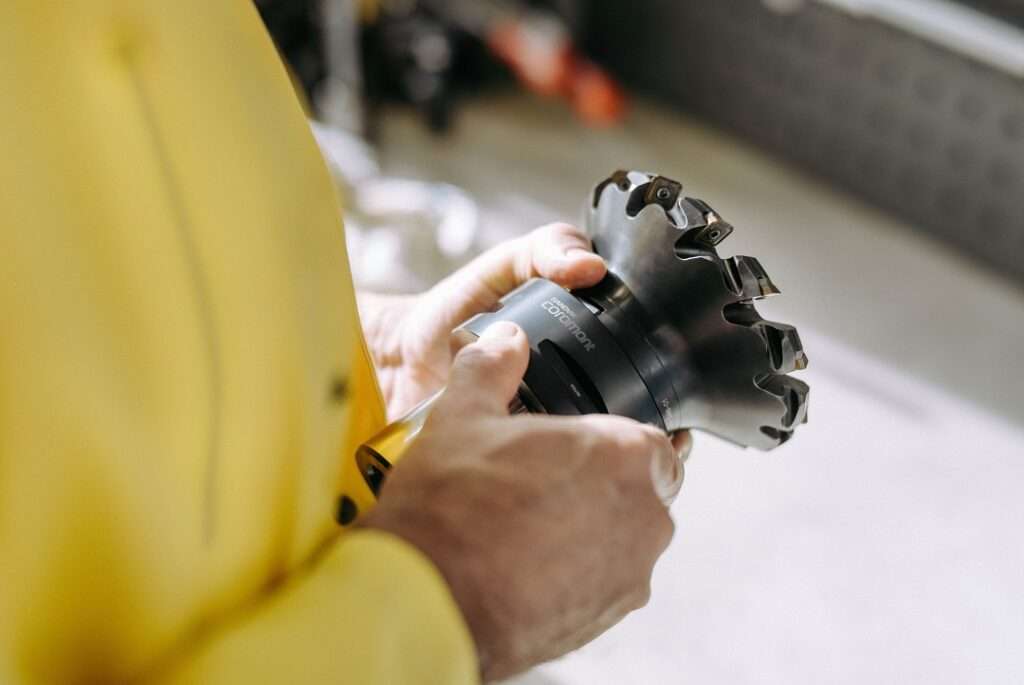Lockheed Martin’s advanced aerospace division, Skunk Works® (NYSE: LMT), has partnered with technology firm Arquimea to demonstrate a new anomaly detection capability designed for Intelligence, Surveillance, and Reconnaissance (ISR) platforms. This development aims to enhance the effectiveness of mission area scanning by identifying deviations or irregularities in electro-optical (EO) and infrared (IR) data more efficiently.
The new system significantly reduces the number of required scans by quickly detecting abnormal patterns in collected data. It allows ISR platforms to identify subtle environmental changes that might otherwise go unnoticed, enhancing image analysis and improving situational awareness. This advancement is particularly valuable in areas such as threat detection, environmental monitoring, disaster response, and industrial safety.
By integrating anomaly detection across EO and IR spectrums, the technology supports early warnings and better decision-making in high-stakes environments. It is capable of identifying hidden dangers such as wildfires, pollutants, and mechanical faults, helping to protect both people and assets through quicker, more accurate assessments.
Emanuele Serafini, Lockheed Martin’s Vice President for West Europe, highlighted the importance of international collaboration, stating that this initiative supports innovation, strengthens deterrence, and advances dual-use technologies. The partnership with Arquimea underscores Spain’s growing role in developing advanced aerospace and defense solutions.
During a series of test demonstrations, a simulated small uncrewed aerial system (UAS) was deployed in a jungle-like setting. The AI-enabled system, trained using episodic memory techniques, detected physical changes by comparing real-time observations with previously recorded environmental data—even from new perspectives never before encountered by the aircraft.
The system’s use of neural networks allows it to generate contextual views of areas not directly observed, comparing them to past data and identifying key anomalies. This capability moves beyond traditional image comparison, helping autonomous systems to adapt to novel scenarios while maintaining accuracy and reliability.
This new approach is a major step forward in creating more intelligent ISR platforms capable of operating independently and interpreting unfamiliar data with confidence. These technologies are also relevant to autonomous navigation and mission planning.
Looking ahead, Skunk Works® and Arquimea plan to expand these AI-driven techniques in 2025, applying them to additional sensor systems and decision-making frameworks for future autonomous platforms across multiple domains.
OJ Sanchez, Vice President and General Manager of Skunk Works®, emphasized the team’s focus on combining manned and unmanned capabilities. “Our goal is to enhance operational agility, speed up decision-making, and increase crew safety through the integration of advanced technologies and collaborative systems.”
Lockheed Martin continues to lead in the global defense sector by delivering forward-thinking solutions under its 21st Century Security® strategy. Arquimea, with engineering hubs in Spain and Pasadena, California, develops high-performance solutions across AI, quantum tech, robotics, and biotechnology for critical industries including aerospace, defense, and national security.







